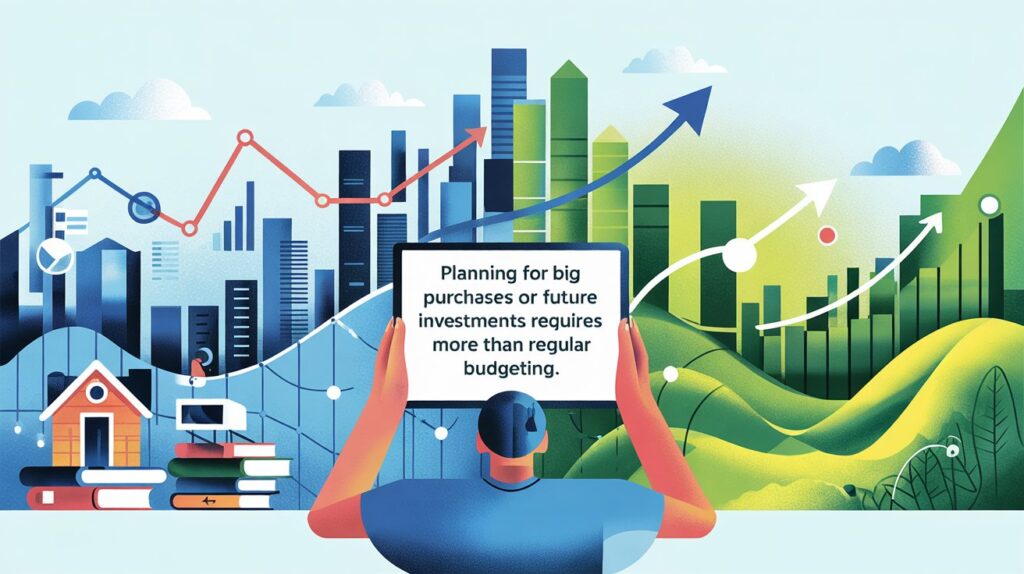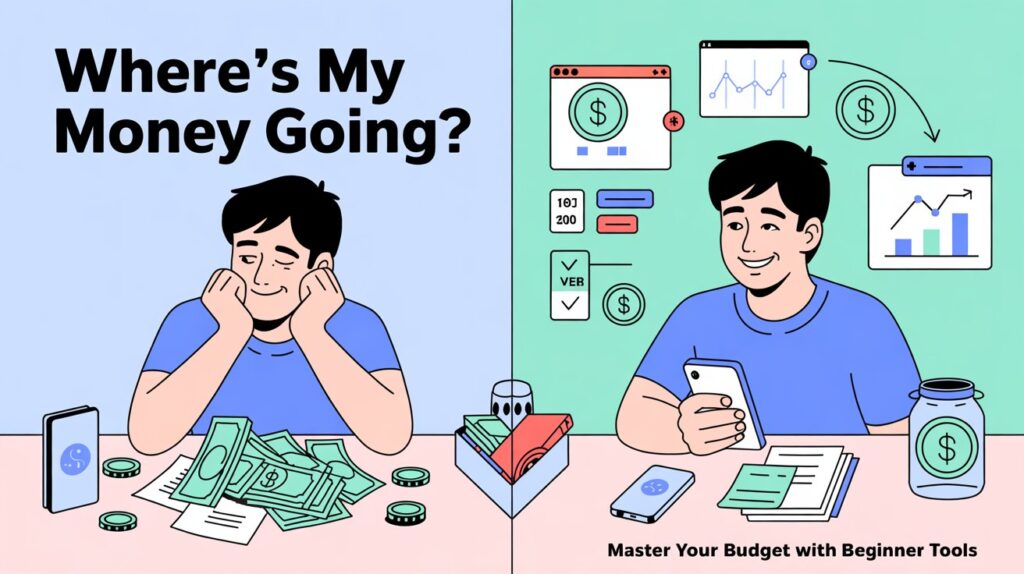It can be hard to keep track of your spending, especially when bills pile up, paychecks disappear fast, and emergencies hit when you least expect them. Things might feel overwhelming if you’re just starting to manage your finances. But the good news? You don’t need a degree in finance to get back on track.
Tools like the Albert app help beginners understand where their money goes and how to improve it. This guide will help you build the confidence and structure to handle your cash practically and simply.
Where Your Money Goes

The first step in gaining control over your money is knowing exactly where it’s being spent. Most people don’t realize how much goes into small, daily purchases. A cup of coffee every morning might not seem like much, but over a month, that could total more than $100. According to a 2023 survey by Bankrate, 74% of U.S. adults feel financial stress regularly, and a significant cause is not tracking spending.
Personal finance tools for budgeting, like the Albert app, help you track every purchase in real-time. Once you have a clear view of your fixed expenses (like rent, car payments, and insurance) and discretionary spending (like dining out or online shopping), you can start planning your next steps. Understanding these two types of expenses is key to building smarter habits and hitting your financial goals.
Building a Personalized Financial Plan
Everyone’s money situation is different. What works for someone else may not work for you—and that’s okay. That’s why having a financial plan is essential. Begin by listing your income, total monthly payments, and current debts. Then, look at where you want your money to go. Are you saving for a down percentage on a house? Or are you working to build a starter emergency fund?
Using personal budgeting tools, you can create a plan that fits your lifestyle and spending habits. Break it into weekly or pay period sections. This makes budgeting more manageable and allows you to adjust as needed if unexpected expenses arise.
Start with the Best Budgeting Tools
There are many online budgeting tools, but not all are beginner-friendly. The best tools offer simple interfaces, real-time tracking, and goal-setting features. The Albert app, for example, automatically categorizes your spending, helps you set up savings goals, and even suggests how much money to put aside for things like medical bills, retirement savings, investment accounts, or paying off credit card debt.
These apps make it easier to stay consistent with your plan and hold yourself accountable. As of 2024, over 45% of Americans now use a digital app to manage their finances—up from just 32% in 2021, according to Pew Research.
Prioritize Debt Repayment Over Spending
Paying off debt should always come before treating yourself. If you’re dealing with high-interest debt, like unpaid credit card debt, it’s essential to prioritize this. High interest can quickly cancel out your efforts to save.
List all your debt payments and sort them from smallest to largest or by interest rate. Many personal finance experts suggest the snowball method—paying off the smallest debt first—or the avalanche method—tackling the highest interest rate first. Either way, you’ll put yourself in a stronger place financially and improve your credit score.
Save Automatically with a Separate Savings Account
Once you start freeing up some cash from cutting back or paying off debt, it’s time to put that money somewhere safe. Opening a separate savings account can help. The idea is to remove temptation—out of sight, out of mind. Make automatic transfers from your bank account into your savings every pay period.
A good goal is building a starter emergency fund of at least $500 to $1,000. Over time, you’ll want to grow that to cover three to six months of fixed expenses. According to the Federal Reserve, 32% of U.S. adults in 2023 said they would struggle to cover a $400 emergency, which shows how crucial emergency savings are.
Use Capital Budgeting Analysis Tools for Bigger Decisions
Planning for big purchases or future investments requires more than regular budgeting. That’s where capital budgeting analysis tools come in. These help evaluate whether major life decisions—like buying a home, starting school again, or investing in stocks—are worth the cost based on long-term value.
While this might sound complicated, some personal finance tools for budgeting now include features to assist with long-term projections. They help users compare different financial scenarios and decide how much they can afford without hurting their savings or goals.

Make Retirement a Priority Early On
It might feel early to think about retirement when you’re just getting started. But the truth is, the sooner you begin contributing to a retirement account, the better. Thanks to compound interest, even small amounts can grow significantly over time. For example, someone who saves just $100 a month from age 25 could have over $150,000 saved for retirement by age 65 (assuming a 7% annual return).
Many employers offer 401(k) matching, basically free money for your future. It’s smart to contribute at least enough to get the full match if that’s available to you. Apps like Albert even help you set retirement savings targets and adjust your monthly contributions accordingly.
Financial Milestones for Beginners
| Goal | Target Amount | Time Frame | Tool to Use |
| Starter Emergency Fund | $500–$1,000 | 1–3 months | Albert App / Savings Account |
| Pay Off Credit Card Debt | Varies | 6–12 months | Snowball/Avalanche Method |
| Down Payment on Home | 10%–20% of home price | 2–5 years | Capital Budgeting Tools |
| Build Retirement Account | $100/month | Ongoing | Employer 401(k) / IRA |
| Plan for Unexpected Expenses | $1,000+ cushion | Ongoing | Budgeting App / Alerts |
Final Words
Managing money doesn’t require perfection—just a solid plan and small, consistent steps. Start with the right tools and create a budget. Stay focused on your goals, manage variable expenses well, and adjust as life changes. You’ll be on your way to a financial cushion with just some financial education.
FAQs
1. How much money should I save each month as a beginner?
Aim to save at least 20% of your monthly income if possible. Start smaller if needed—automate even $25/week into a savings account to build momentum.
2. What’s the easiest way to build an emergency fund?
Open a separate high-yield savings account. Automate weekly transfers and reduce non-essential spending until you hit your goal of $1,000 or more.

